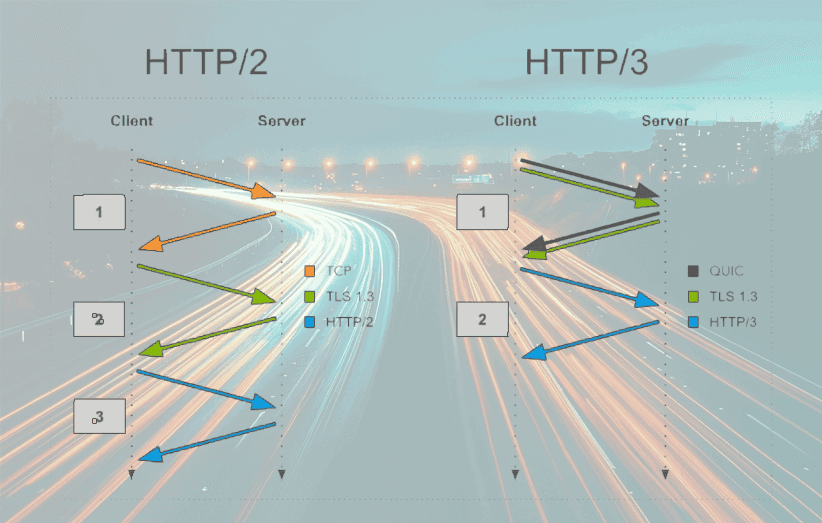PHP 8.3: Innovations and improvements for developers
30 November, 2024PHP 8.3: New features, tools and improvements for developers
PHP remains a key programming language in web development, and with each new version, it is improving, providing developers with innovative tools. With the release of PHP 8.3, this language has received many new features that make it easier to create efficient, fast, and stable code. Given the rapid changes in the digital industry, PHP 8.3 aims to meet the needs of modern programmers and make their work even more productive. This release opens up new opportunities for creating complex web applications. With the introduction of innovations such as readonly properties, intersection types, and an improved JIT compiler, developers can take their projects to the next level. In this article, we’re going to take a closer look at the key innovations of PHP 8.3, how they can change the way you work, and what benefits they will bring to your everyday coding.

Advanced features for working with code
One of the main advantages of PHP 8.3 is the introduction of enum properties. This feature allows you to define and store a set of limited values for variables, which makes the code more structured and logical. This approach greatly facilitates the maintenance and development of large projects by reducing the number of errors associated with incorrect values. In addition, the PHP type system has become even more powerful with the addition of intersection types. This feature makes it possible to declare types that simultaneously correspond to multiple interfaces, which allows developers to create more flexible functions and classes. Instead of creating complex workarounds, developers can use standard language tools, which increases the clarity and stability of the code. Another interesting update is the improved work with traits through fetching properties in traits. This greatly simplifies the creation of modular code, because traits become even more integrated into classes, which reduces the number of repeated fragments in the code.
A new level of performance
PHP 8.3 significantly improves performance with improvements to the JIT compiler, which is now faster and more efficient. This is especially useful for applications that perform complex calculations or work with large data sets. The JIT technology generates byte code in real time, which avoids unnecessary resource consumption and increases the speed of program execution. Another important innovation is the support for Weak Maps. They allow you to free memory from objects that are no longer used, but to which references are stored. This is especially important for large applications that work with dynamic objects.
| Function | Increase in productivity (%) | Application area |
|---|---|---|
| Optimization of the JIT compiler | 25% | Big data processing |
| Weak cards | 15% | Memory optimization |
| Readonly properties | 10% | Stable structures |
Practical recommendations for migrating to PHP 8.3
Moving to a new version of PHP requires careful preparation. Start by analyzing your existing code. Remove outdated functions that are no longer supported and check the compatibility of the libraries and frameworks you use with the new version. To get the most out of PHP 8.3, use tools like PHPUnit to test your code. Use both unit and integration testing to ensure that there are no errors after the upgrade. This will help identify and fix potential issues early on. When working with new features, such as type intersection or read-only properties, don’t forget to create documentation. Not only will it make teamwork easier, but it will also help new team members understand your project structure faster.
Bottom line.
PHP 8.3 is a significant step forward for web developers. With new features, optimized performance, and an improved type system, this version offers new opportunities to create modern and stable web applications. If you are looking to make your projects more efficient and meet the modern requirements of the digital world, PHP 8.3 is a great choice for your development.
We would like to remind you that we are engaged in the development and maintenance of websites.




